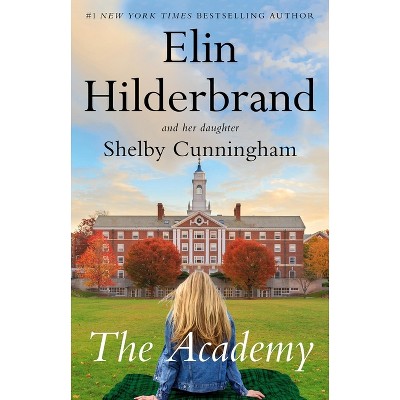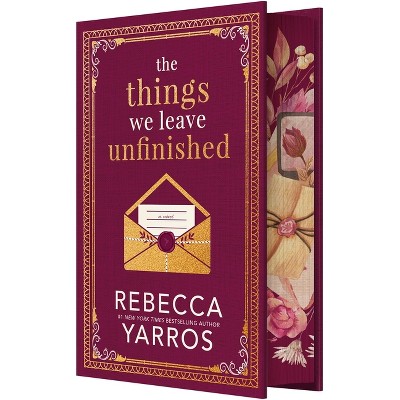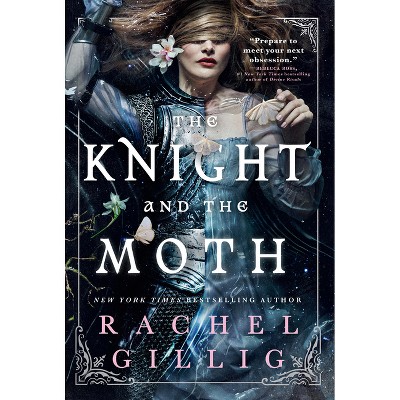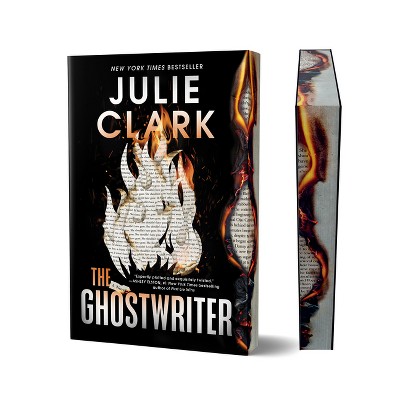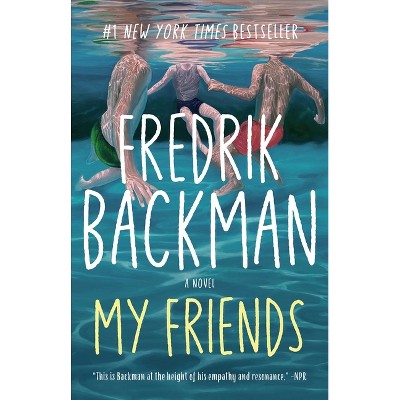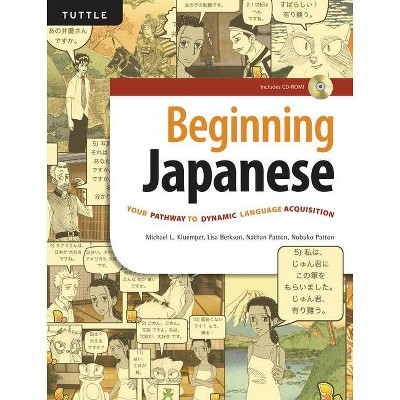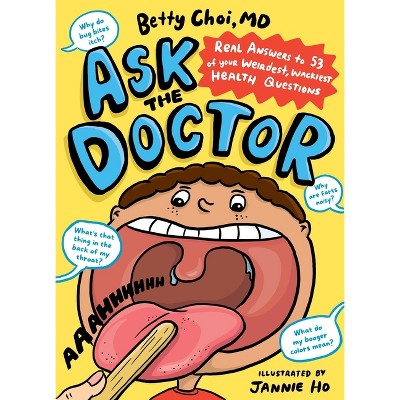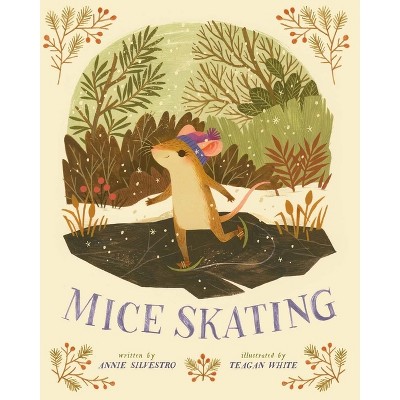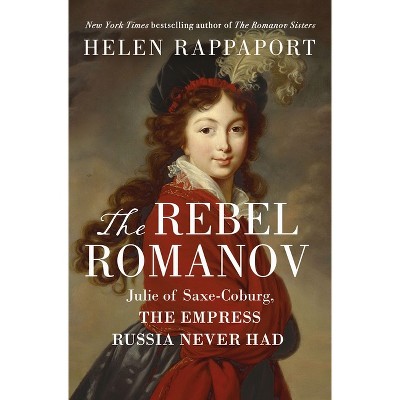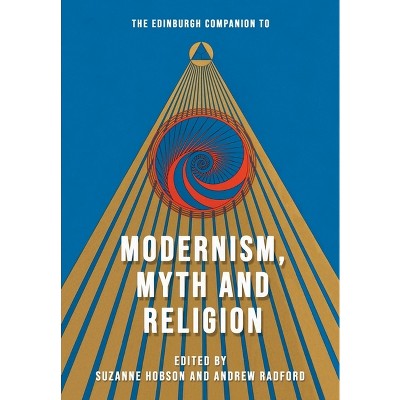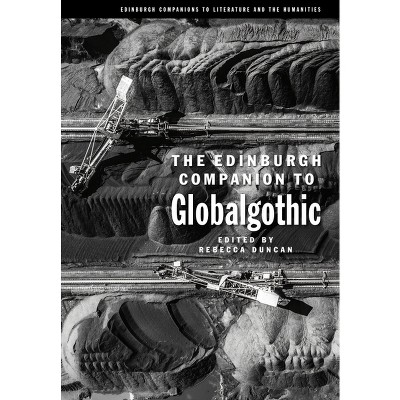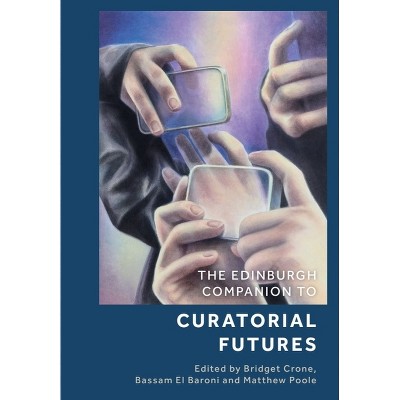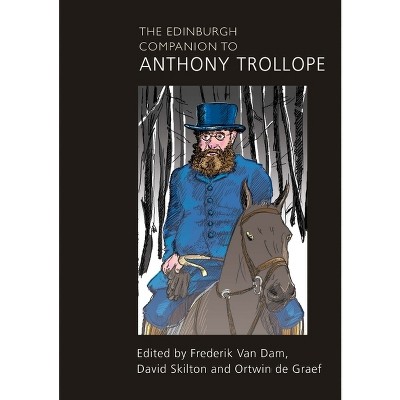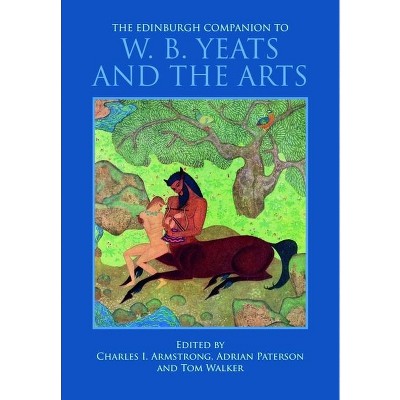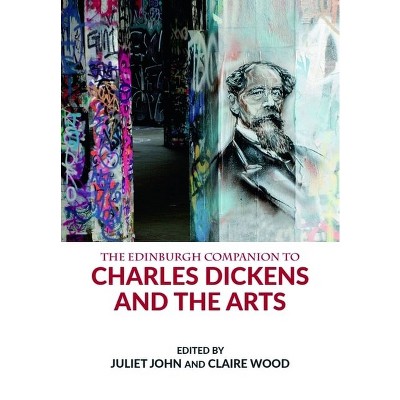Sponsored

The Edinburgh Companion to First World War Periodicals - (Edinburgh Companions to Literature and the Humanities) (Paperback)
Pre-order
Sponsored
About this item
Highlights
- While literary scholars and historians often draw on the press as a source of information, First World War periodicals have rarely been studied as cultural artefacts in their own right.
- About the Author: Marysa Demoor is Professor Emerita at Ghent University.
- 536 Pages
- Reference, General
- Series Name: Edinburgh Companions to Literature and the Humanities
Description
About the Book
The first reference book on First World War newspapers and magazines from the home front to the front lines.Book Synopsis
While literary scholars and historians often draw on the press as a source of information, First World War periodicals have rarely been studied as cultural artefacts in their own right. However, as this volume shows, the press not only played a vital role in the conflict, but also underwent significant changes due to the war. This Companion brings together leading and emerging scholars from various fields to reassess the role and function of the periodical press during the so-called 'Greater War'. It pays specific attention to the global aspects of the war, as well as to different types of periodicals that existed during the conflict, ranging from trench, hospital and camp journals to popular newspapers, children's magazines and avant-garde journals in various national and cultural contexts.From the Back Cover
The first reference book on First World War newspapers and magazines from the home front to the front lines While literary scholars and historians often draw on the press as a source of information, First World War periodicals have rarely been studied as cultural artefacts in their own right. However, as this volume shows, the press not only played a vital role in the conflict, but also underwent significant changes due to the war. This Companion brings together leading and emerging scholars from various fields to reassess the role and function of the periodical press during the so-called 'Greater War'. It pays specific attention to the global aspects of the war, as well as to different types of periodicals that existed during the conflict, ranging from trench, hospital and camp journals to popular newspapers, children's magazines and avant-garde journals in various national and cultural contexts. Marysa Demoor is Professor Emerita at Ghent University. She is the author of A Cross-Cultural History of Britain and Belgium, 1815-1918 Mudscapes and Artistic Entanglements (2022) and of Their Fair Share: Women, Power and Criticism in the Athenaeum, 1870-1920 (2000). With Ingo Berensmeyer and Gert Buelens she co-edited the Cambridge Handbook to Literary Authorship (2019) and with Laurel Brake she edited The Lure of Illustration in the Nineteenth Century (2009) and the Dictionary of 19C Journalism (2009). Cedric Van Dijck is a postdoctoral fellow in English Literature at Ghent University. He is the author of the forthcoming Modernism, Material Culture and the First World War (Edinburgh University Press). Birgit Van Puymbroeck is Lecturer in the Department of Linguistics and Literary Studies at Vrije Universiteit Brussel. She is the author of Modernist Literature and European Identity (2020).Review Quotes
This edited collection is a genuine tour de force. The collection provides a wide-ranging and multifaceted overview of the "dazzling number of periodicals" that were produced before, during, and directly after the First World War... The panel was impressed by its vast scope and by the diversity of angles (critical, theoretical, thematic, national, linguistic) from which the different chapters consider the First World War press and by the richness of scholarship produced, from its compelling attention to different critical methodologies, materialities of the press, genres, events and global perspectives, collectively offering frameworks that can be applied across different disciplines. The volume adds substantially to literature of the First World War and to media studies in its discussions of the shift that occurred in the production and dissemination of periodicals during the war and in postwar Europe. Importantly, in addition to the the ample attention given to transnational connections in Europe, the editors and authors also follow the turn in First World War studies and periodical scholarship by offering welcome global perspectives with chapters on periodicals produced in German Colonial Africa, India, China, and the Ottoman Empire, among others. This comprehensive and groundbreaking collection will not only endure as a key resource for years to come but also undoubtedly inspire intriguing new research at the intersection of print culture and war.-- "European Society for Periodical Studies Prize Winner 2024"
This volume is a pathbreaking global history of the press in the period of the First World War. The contributors' range is remarkable. They survey publications of many different kinds in Europe, Asia and Africa and offer readers a host of new perspectives on the political, social and cultural history of the Great War.
--Jay Winter, Yale UniversityIt is hard to do justice to a volume like this one in the confines of a book review. The thirty-one chapters of The Edinburgh Companion to First World War Periodicals, including the excellent introduction, make for varied and invariably fascinating reading. The ample illustrations that accompany so many of the chapters serve to reinforce the value of this volume by showcasing the affective potential and multimediality of wartime periodicals. Based on a huge array of original research, this book is a Companion volume in the best sense of offering a lasting guide to a medium that deserves continuing scholarly attention.--Ann-Marie Einhaus "Northumbria University"
Like any good Companion, this book is a hybrid (in the good sense of the word) in which the collected essays can be considered both a reference work and a monograph. Above all, it shows a gigantic wealth. It is thus an overview, a state of the art of current research, pointing to possible avenues and offering inspiration and, consequently, an impetus and a spur to further research into (the role of) the press during the First World War. [...] I can only hope that many First World War scholars and specialists in press history will find their way to this book. For it deserves a wide readership.--Dominiek Dendooven "Journal of Belgian History"
About the Author
Marysa Demoor is Professor Emerita at Ghent University. Demoor is the author of A Cross-Cultural History of Britain and Belgium, 1815-1918 Mudscapes and Artistic Entanglements (Palgrave, 2022). With Ingo Berensmeyer and Gert Buelens she has co-edited the Cambridge Handbook to Literary Authorship (Cambridge, 2019). With Laurel Brake, she edited The Lure of Illustration in the Nineteenth Century (Palgrave, 2009) and the Dictionary of 19C Journalism (British Library & Academia Press, 2009). She is the editor of Marketing the Author: Authorial Personae, Narrative Selves and Self-Fashioning, 1880-1930 (Palgrave, 2004) and the author of Their Fair Share: Women, Power and Criticism in the Athenaeum, 1870-1920 (Ashgate, 2000).
Cedric Van Dijck is a postdoctoral fellow in English Literature at the University of Brussels (VUB). He is a co-editor of the Edinburgh Companion to First World War Periodicals (2023) and The Intellectual Response to the First World War (2017). His research on modernism and war has appeared in PMLA, TSLL, Modernism/modernity, Times Literary Supplement and Modernist Cultures.
Birgit Van Puymbroeck is Lecturer in the Department of Linguistics and Literary Studies at Vrije Universiteit Brussel. She is the author of Modernist Literature and European Identity (Routledge, 2020).
Shipping details
Return details
Frequently bought together
Trending Book Pre-Orders
